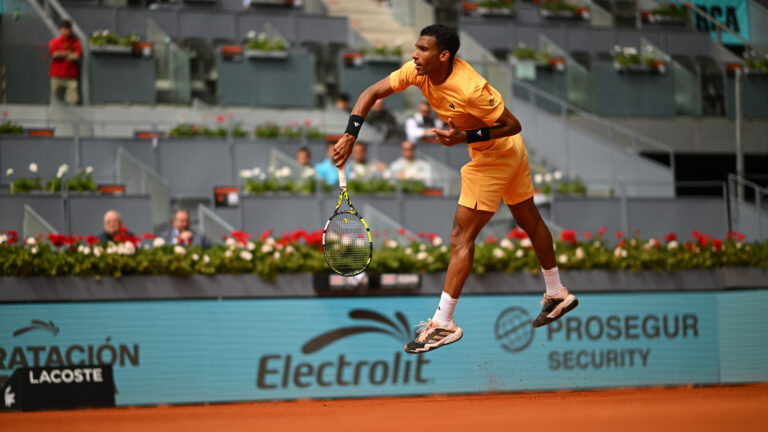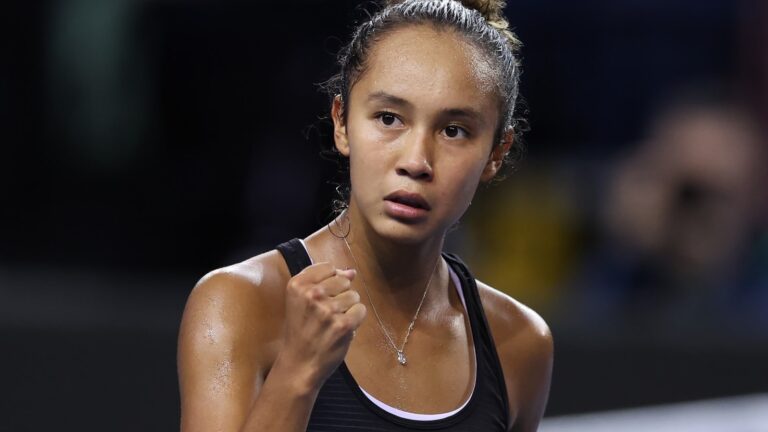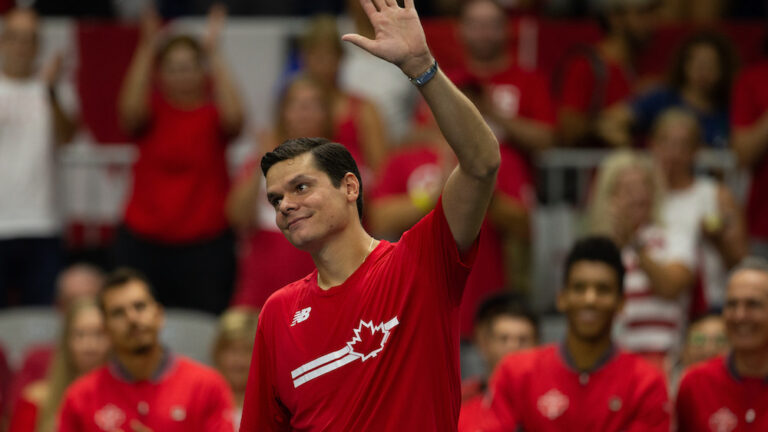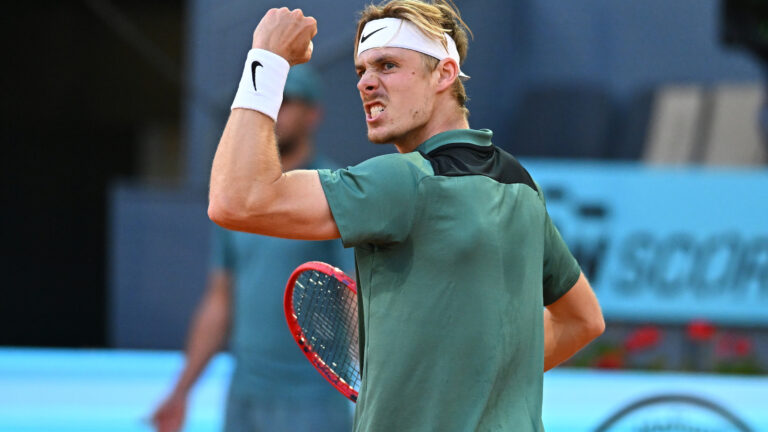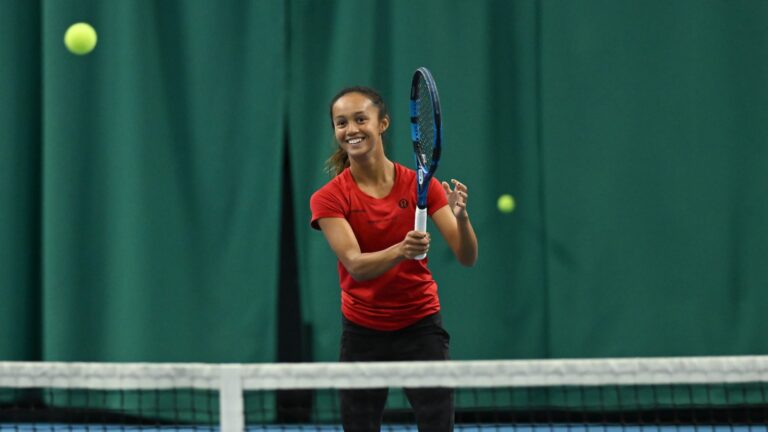
Photo : Tennisworldusa.org
Your accountant called. It’s tax season.
Let’s talk about income tax. No, not yours but the tax on the money earned by pro tennis players. Because just like the rest of us, even the millionaire members of the WTA and ATP have to pay the tax collector.
In their particular case, they send their cheques to not one government but two.
And that’s why many players—especially those who make a lot— exile themselves in exchange for a tax break and take up residence outside their homeland.
Case in point is Novak Djokovic, who won three of the four Grand Slam titles in 2021.

His 49–6 record helped him rake in over US$9 million. Did he put it all in his bank account?
Not exactly.
And neither did the other top earners, like Daniil Medvedev (US$7.4M), Alexander Zverev (US$6.3M) and the remaining members of the Top 10 who took home two or three million from tournaments around the world. That’s money on which they owe income tax.

In tennis, players pay income tax in every country in which they net prize money.
Compete at Wimbledon and pay tax to the British government. Win in Melbourne and owe income tax in Australia. A semi in Cincy means some of the gains go to the US government. Claim the crown in Kitzbühel and Austria will cash your income tax payment. Go far in Monaco, and…No, wait. Monaco’s a tax haven.
All prize money is taxed based on the laws and regulations of the country in which it’s won.
A player who leaves a UK tournament with a cheque for £150,000 (C$256,000) owes the government 45% of it. When Novak claimed the men’s singles title at Wimbledon, he won £1.7M (C$2.9M) and left £765,000 for the taxman.
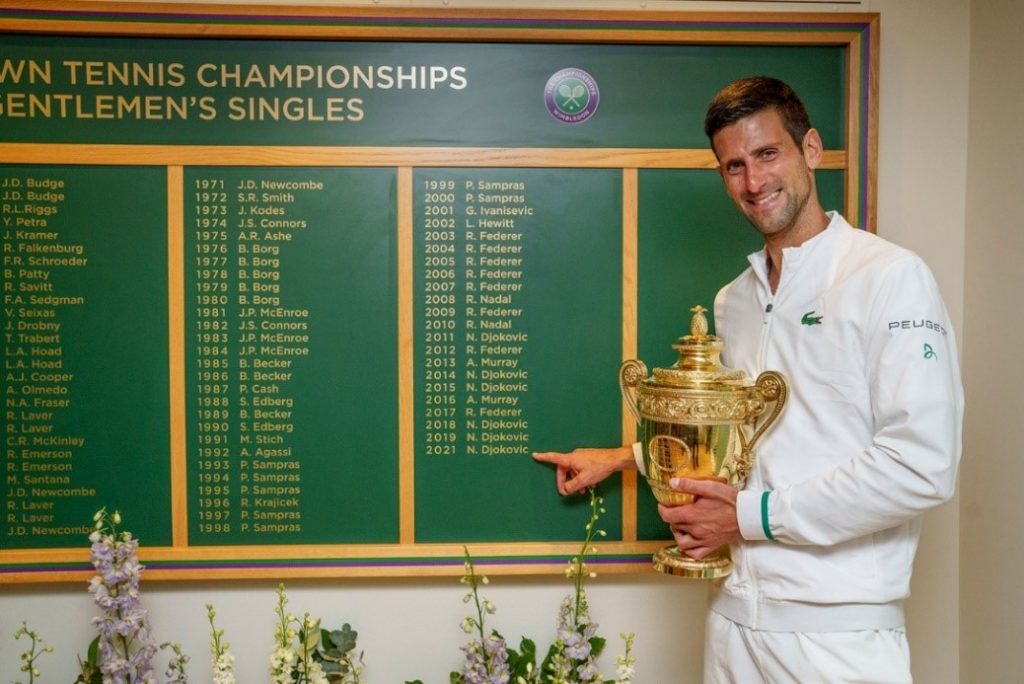
Of course, no one’s too concerned about whether the Djokovics have enough to make ends meet, but the figure still slashes the astronomical amounts doled out to pro athletes, in tennis and most other sports, by about half or a third.
In November 2021, peRFect Tennis published an interesting piece on the topic along with a list of 100 ATP players, their place of residence and the top tax rate they pay.
Once they’ve paid the income tax they owe to the country in which they won their prize money, they remain subject to the tax laws of their place of residence. Don’t forget that their total income includes money from sponsorships and endorsements. And the members of the Top 10s make a fortune off the courts.
Unsurprisingly, they live in places like Monaco, Dubai, the Bahamas, Florida and Texas, where the tax rate is 0%.
So, it’s easy to understand why players may be less enthusiastic about playing in Spain, where the tax rate is 54%. Here, it’s worth mentioning that Rafael Nadal is among the Spaniards who choose to reside in Spain, in his native Mallorca.
Taxes are also high in Sweden (52%), France and the Netherlands (49%), Norway (46%), England, Germany, South Africa and Japan (45%), Italy (43%) and South Korea (42%).
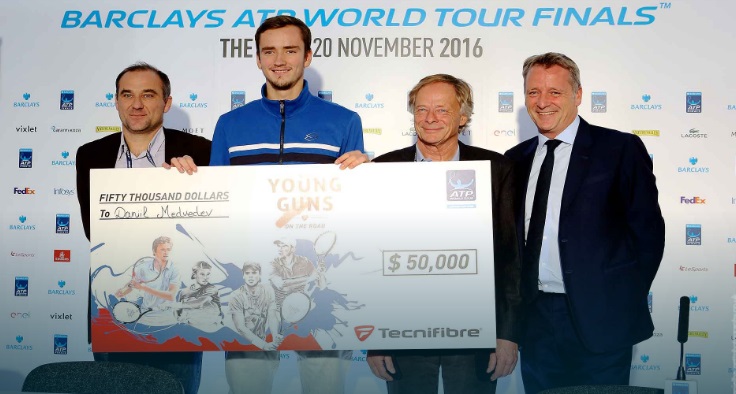
You see now why athletes reside elsewhere than their home countries. Given their higher earnings in terms of prize money and sponsorships, it’s no wonder the ATP Top 5 live in Monte Carlo. Actually, go to Monaco and you could run into 8 of the men’s top 11.
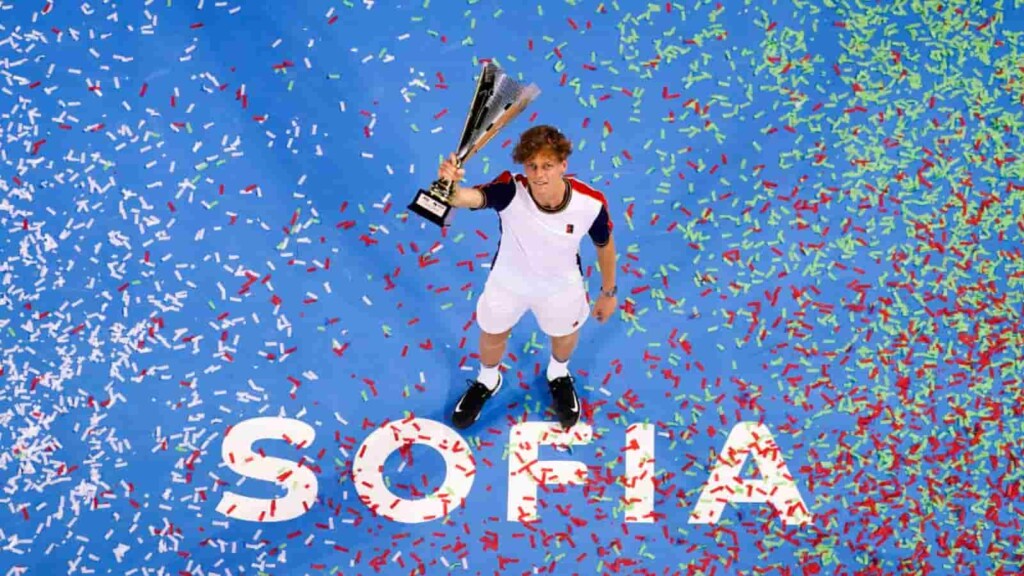
The piece in peRFect Tennis, a men’s tennis news site, focused on the ATP. In the WTA, fewer top players—5 of the Top 15—have relocated.
No.5 Aryna Sabalenka of Belarus lives in Florida; No. 8 Karolina Pliskova chose Monaco; No.9 Garbine Muguruza makes her home in Switzerland and No.14 Anastasia Pavlyuchenkova resides in Dubai. No.20 Elina Svitolina prefers London and Odessa.

That may be partly explained by the fact that there are fewer major sponsorships for women. It’s unfortunate, but some WTA headliners are now getting their slice of the pie.
Some nations have such stringent and complicated tax rules that players choose not to compete there. peRFect Tennis mentions how Rafa refused to play in the cinch Championships at the Queen’s Club due to British tax laws.
To tennis stars, their phalanx of tax specialists is just as important as their team of coaches, physios and sports psychologists.
The Grand Slam tournaments move with the times
Tennis has taken another step towards modernity. And logic.
From now on, the four majors will decide the outcome of a 6-6 match in the final set with a 10-point super tiebreak and an advantage of at least two points.
The rule applies to the women’s and men’s singles and doubles events. It was already in effect in Melbourne and replaces the seven-point tiebreak in NYC.
At Wimbledon, matches went to a seven-point tiebreak when the final set went to 12-12. At Roland-Garros, there was no tiebreak—a tradition that endured for 51 years.
Now, everyone’s on the same page. And it’s about time.
Of course, not everyone is happy with the change. A majority of fans still want matches to be decided by two games, even if it takes hours and hours.
That record-shattering showdown between John Isner and Nicolas Mahut at Wimbledon 2010 isn’t a good example. It ended at 70-68 in the fifth set after three days of debate.
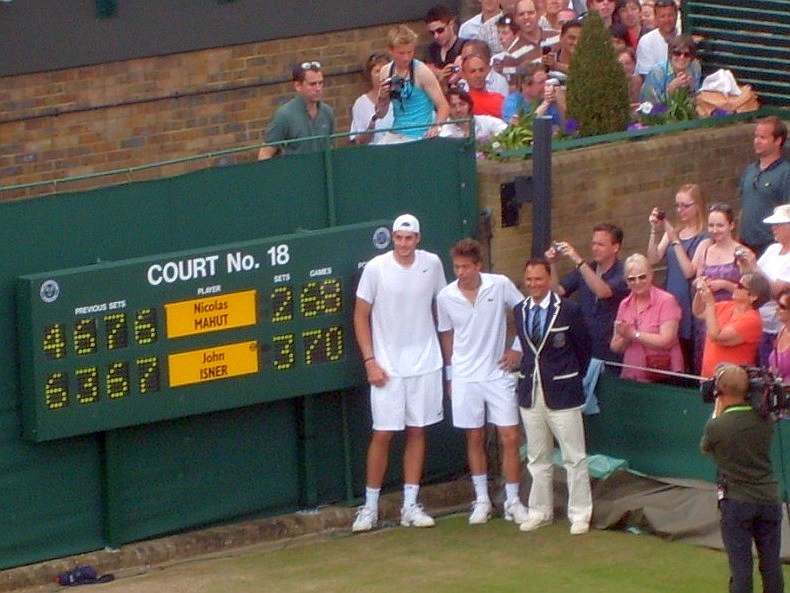
Neither is the 2018 Wimbledon semi that pitted big server John Isner against equally big server Kevin Anderson and took six and a half hours to settle (6:36).
The problem is that, in 2010, John Isner was drained and sent packing in just over an hour by Thiemo de Bakker in the next round (1:14). As for Anderson in 2018, he was but a shadow of his former self in the final, which Djokovic wrapped up in two hours (2:18).
Ultimately, it’s the players (and their fans) who pay the hefty price of a marathon match.
Drawn out duels fill the record books, but the sensational results belong to a different era, despite the folkloric factor.
If you’ve read this far, you can certainly guess where I stand. For years, I’ve been in favour of any measure that makes matches shorter, from the serve clock to the condensed warmup and tiebreaks across the board, since tennis is among the only sports in which playing time isn’t predetermined.
I applauded the super tiebreak in the final set of doubles matches and even suggested tennis abolish best-of-five.
But according to a quick Twitter poll on March 16 and 17, I’m not in the majority. For 24 hours, over 2,500 people had their say, with nearly 60% voting to uphold the status quo.
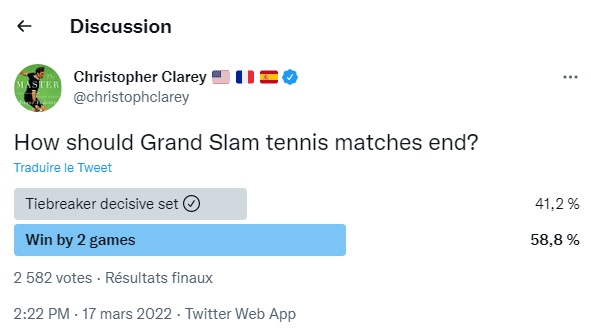
What did the finalists in the men’s event in Indian Wells have to say about the new rule?
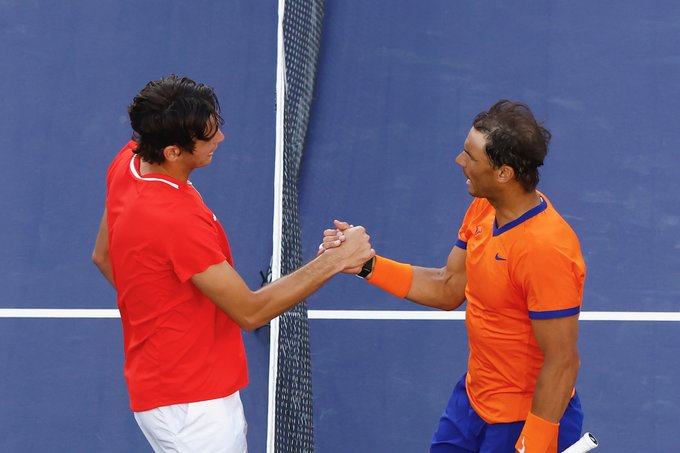
I honestly don’t have a clear opinion,” Rafa said. “I am not in favour and not against. Honestly, I don’t think it is going to make a big difference. I read that everyone is going to be the same. In some way, that’s positive. I don’t think in Roland Garros makes a big impact. In my opinion, the biggest impact is going to be at Wimbledon.”
As for Fritz, who took things to a third-set tiebreak against Alex de Minaur earlier in the week, he believes players will appreciate the change: “I think if I find myself in one of those, in the future, I’ll be pretty happy that they have that rule now.”
However, the newly-crowned champion did note that a tradition was coming to an end. “I will kind of miss seeing people at 20-20 or like 14-14 in the fifth,” he said. “That’s just, like, an absolute battle.”
Taylor Fritz: All-American hero
Is Taylor Fritz the great tennis talent the US has been waiting for? The one who’ll fly the red white and blue in the ATP Top 10—something we haven’t seen a lot in the past decade.
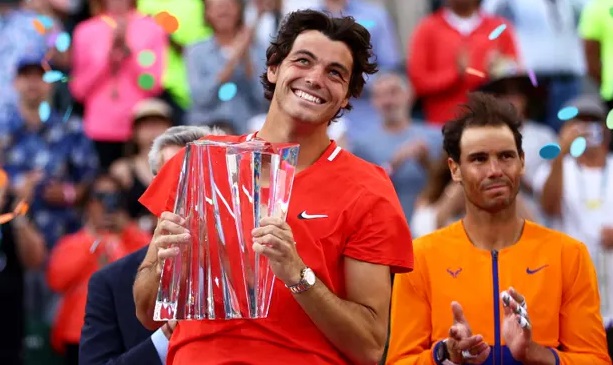
When he bettered Rafael Nadal in the final of the BNP Paribas Open, he became the first American since Andre Agassi (2001) to win in Indian Wells.
Currently ranked No.13, Fritz will be working hard to become the first American besides John Isner and Jack Sock to enter the Top 10 in a decade. In 2018, Isner and Sock rose to no.8 for short periods of time. Before them, it was Mardy Fish who got to no.7 in 2011.
As for Rafa, he now has the third best start to the season with 20 wins in 2022. Now that he’s back at World No.3, does the King of Clay have enough left in the tank to reclaim his throne?
It seems far-fetched, but if the past is any indication of what the future holds, he just may have it in him to earn the crown and title of GOAT.
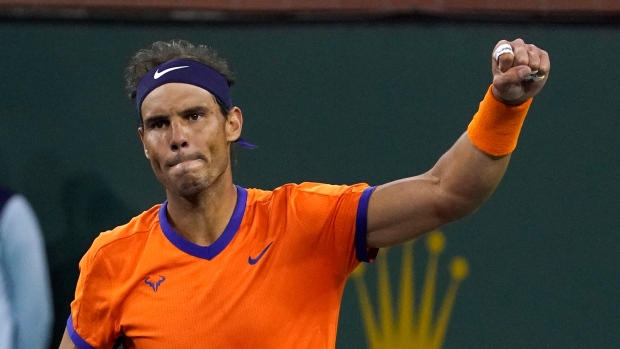
Email: privard@tenniscanada.com
Twitter: @paul6rivard
Follow all our Canadians in action here.
